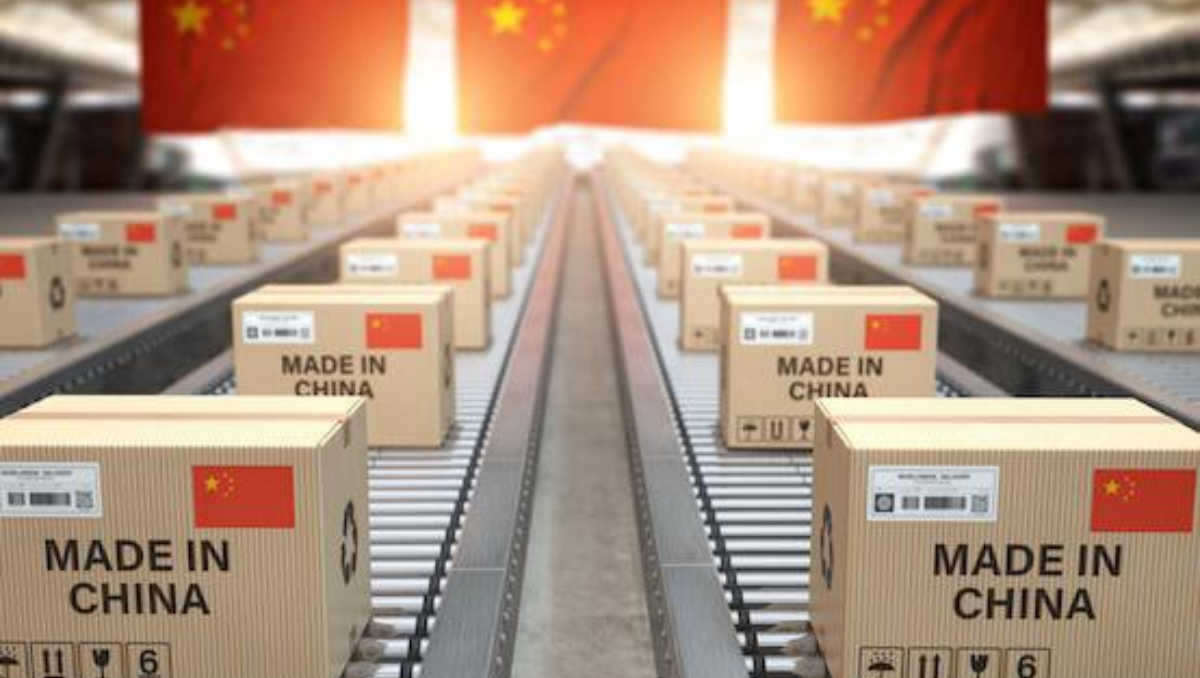India’s electronics sector is witnessing a significant transformation, driven largely by rising imports from China. These imports have become a crucial element in powering the growth and expansion of India’s electronics production. With the electronics manufacturing sector expected to grow by 41 percent by FY26, understanding the dynamics between imports and domestic production becomes essential.
The Role of Chinese Imports in India’s Electronics Sector
The increasing imports from China have provided a vital boost to India’s electronics industry. Components such as semiconductors, integrated circuits, and other electronic parts are being sourced predominantly from Chinese manufacturers. This influx of components is essential for meeting the growing demand for electronic devices in India, from smartphones to home appliances.
Chinese imports have helped bridge the gap between domestic production capabilities and market demand. India, still in the process of building a robust semiconductor manufacturing base, relies heavily on these imports to maintain the momentum of its electronics production. This dependency highlights the need for strategic import policies and the development of local manufacturing infrastructure to ensure sustainable growth.
Government Initiatives and Policy Measures
Recognizing the potential and challenges of the electronic sector, the Indian government has introduced several initiatives and policy measures aimed at bolstering domestic manufacturing. The Production Linked Incentive (PLI) scheme for large-scale electronics manufacturing is a key initiative that incentivizes local production while reducing reliance on imports.
The government’s focus on developing electronics manufacturing clusters (EMCs) and special economic zones (SEZs) is another strategic move. These clusters provide the necessary infrastructure and support for electronics manufacturers to scale up their operations. Additionally, initiatives like ‘Make in India’ and ‘Digital India’ further underscore the government’s commitment to transforming India into a global manufacturing hub for electronic devices.
Challenges and Opportunities in the Electronics Sector
While the surge in imports from China has propelled India’s electronics production, it also presents certain challenges. The heavy reliance on a single country for critical components poses risks related to supply chain disruptions and geopolitical tensions. Diversifying the sourcing of components and investing in domestic semiconductor production are crucial steps to mitigate these risks.
The opportunity for growth in India’s electronics sector is immense. The market for electronic devices is expanding rapidly, driven by rising consumer demand and technological advancements. This growth trajectory presents a chance for India to establish itself as a significant player in the global electronics market. By enhancing local manufacturing capabilities and fostering innovation, India can reduce its import dependency and build a self-sufficient electronics ecosystem.
Future Outlook and Strategic Considerations
The future of India’s electronics sector looks promising, with expectations of substantial growth in the coming years. To capitalize on this potential, strategic considerations must be made. Strengthening the semiconductor manufacturing base, encouraging research and development, and promoting collaborations between domestic and international players are critical components and of great pertinence for a forward-looking strategy.
Furthermore, fostering a skilled workforce equipped to handle the complexities of manufacturing electronic devices is essential. Initiatives focused on training and upskilling can bridge the talent gap and ensure a steady supply of skilled professionals to support the industry’s growth.
To sustain and enhance its electronics production, India must continue leveraging imports from China while simultaneously strengthening its domestic manufacturing capabilities. Government initiatives like the Production-Linked Incentive (PLI) scheme are crucial, but India should also diversify its import sources to mitigate risks. By investing in local R&D, infrastructure, and workforce development, India can reduce its reliance on Chinese imports and position itself as a global electronics manufacturing hub. Employing such a balanced approach will ensure resilience and sustained growth in the dynamic global electronics market.
